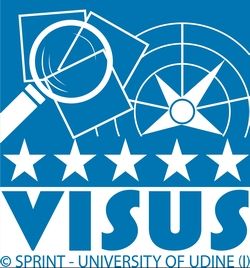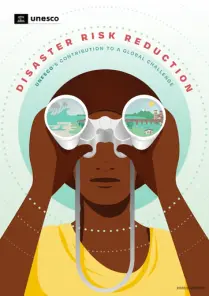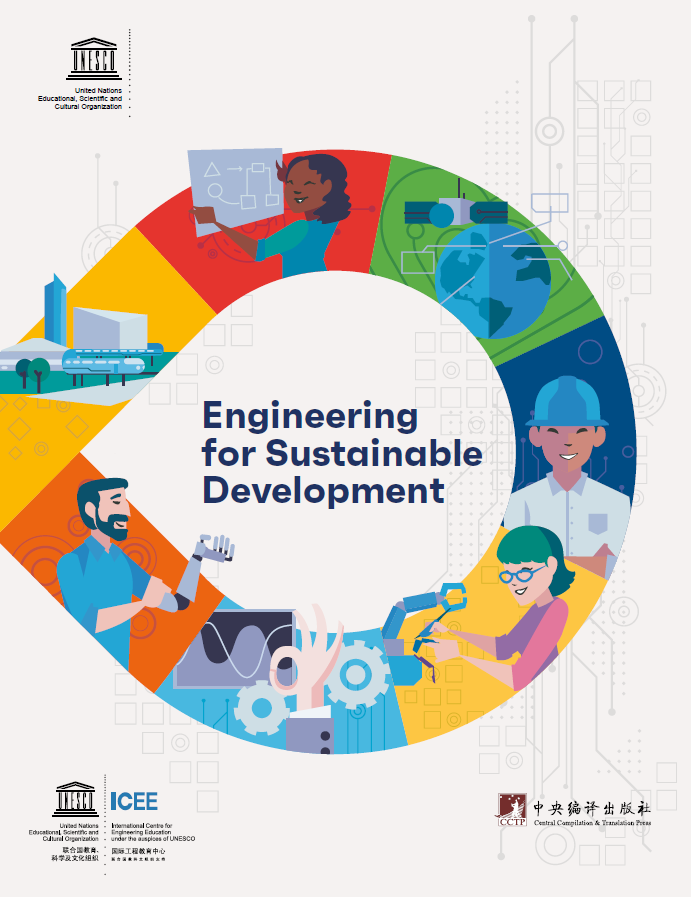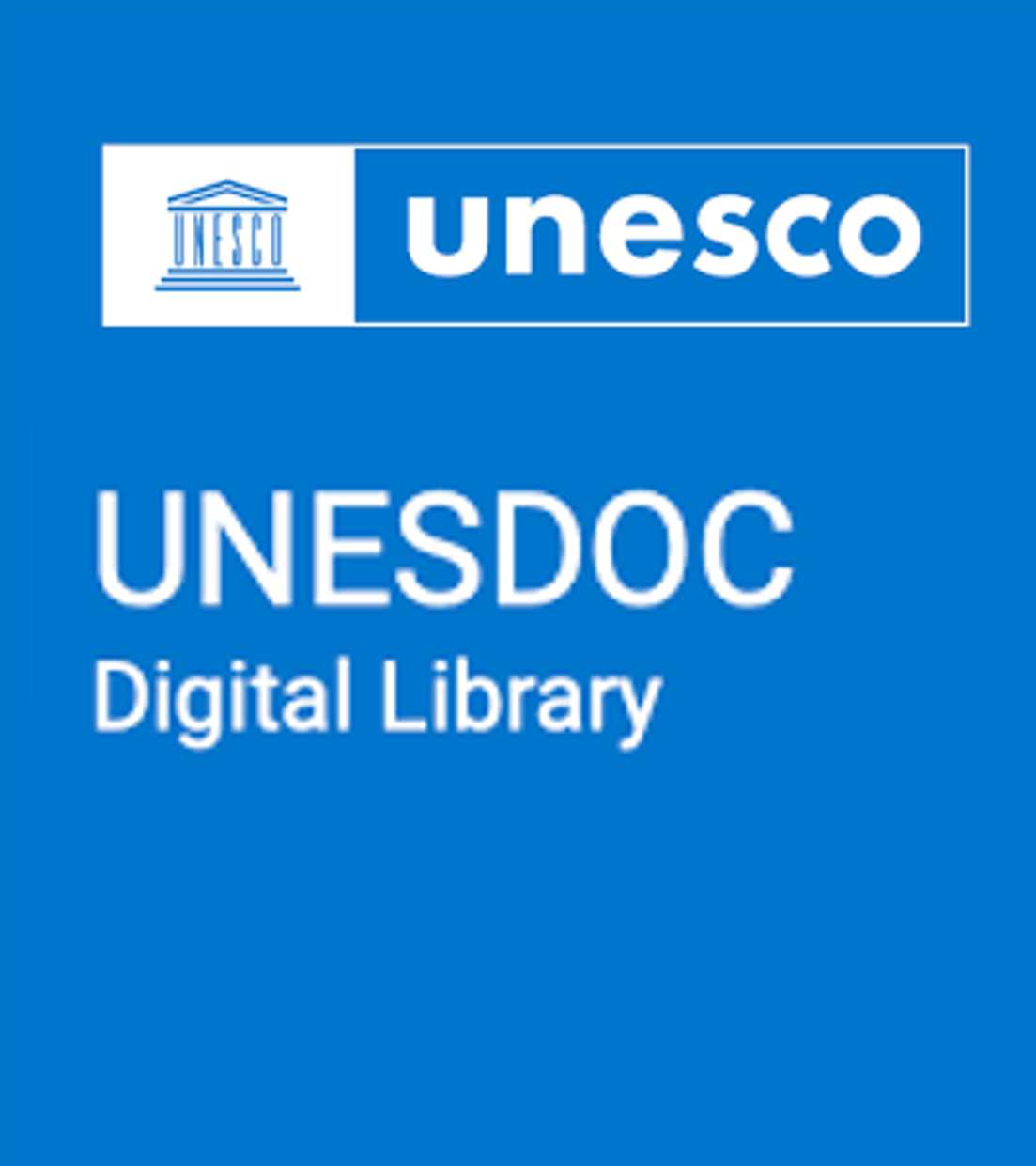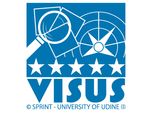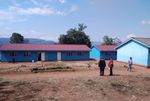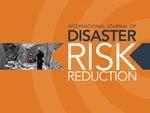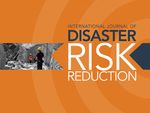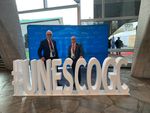Ensuring the safety of people is one of the main concerns of public administrators in hazard-prone territories, particularly with reference to strategic and relevant major public buildings, such as schools. This requires the definition of a rational and effective strategy for risk reduction based on the level of risk, points of weakness, countermeasures and costs.
The SPRINT-Lab researchers has developed a specific technical-triage methodology named VISUS (Visual Inspections for defining Safety Upgrading Strategies). The purpose of VISUS is to define a decision-making support tool aimed at planning strategies for the multi-hazard risk reduction of learning facilities. VISUS methodology permits to assess the safety of school facilities at regional scale, with the purpose of supporting the definition of pragmatic safety upgrading strategies.
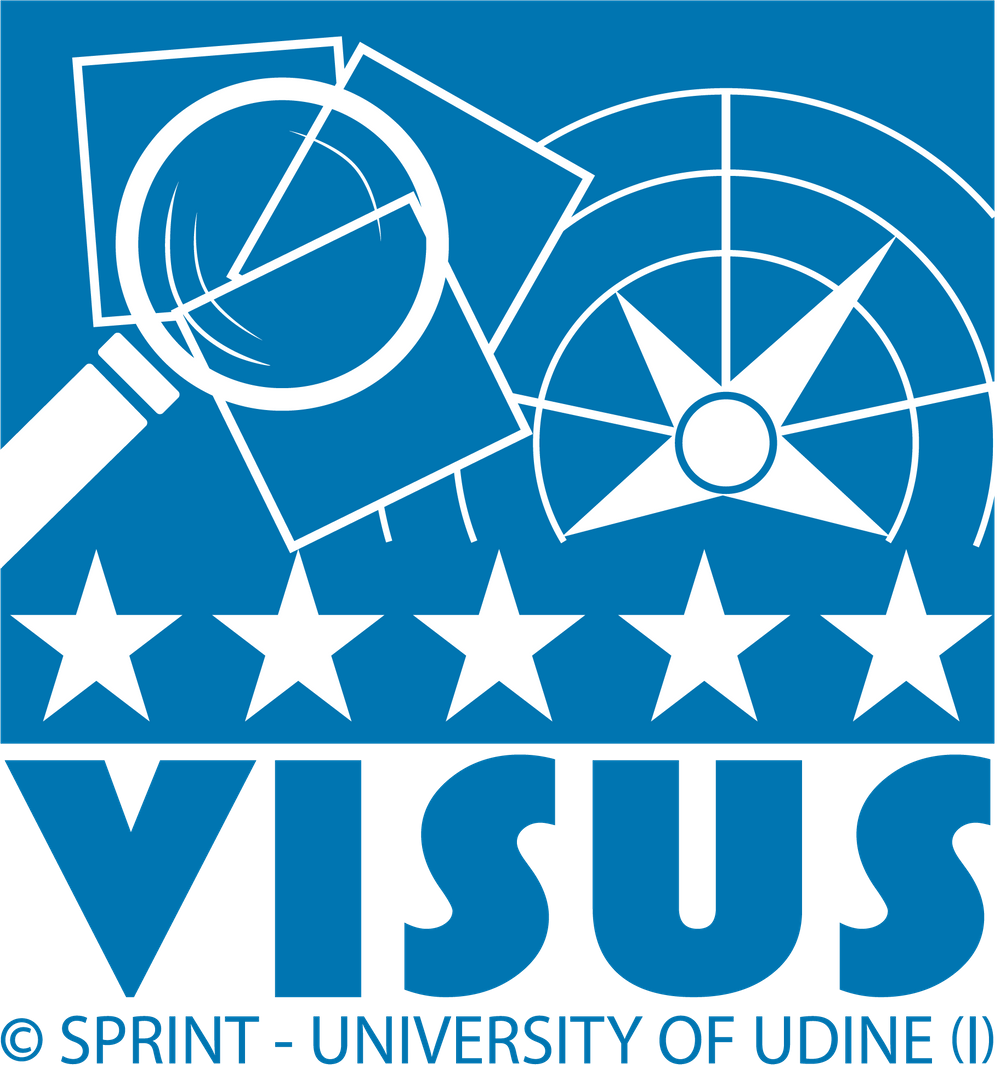
VISUS was first developed aiming to assess the safety of school facilities in a seismic scenario, but it evolved into a holistic and multi-hazard approach, considering floods, wind, fire and also safety during ordinary utilization.
VISUS is especially addressed to stakeholders from the Ministries of Education, National Disaster Management Authorities and other relevant institutions to help them in understanding which schools need priority interventions, which specific actions are required and how much they would cost.
VISUS has been adopted by UNESCO and positively tested in prototypal projects within of the Comprehensive School Safety (CSS) Framework. Pilot projects were implemented in various countries:
- 2009 - Italy: seismic assessment of about 1000 schools;
- 2013 - El Salvador : seismic assessment of 100 schools;
- 2015 - Lao PDR: multi-hazard assessment of 10 schools;
- 2015-2016 - Indonesia: multi-hazard assessment of 160 schools;
- 2016 - Peru: multi-hazard assessment of 100 schools;
- 2017 - Haiti: multi-hazard assessment of 100 schools;
- 2018 - Mozambique: multi-hazard assessment of 100 schools;
- 2021 - Zimbabwe: multi-hazard assessment of 15 schools;
- 2022 - Bosnia and Herzegovina: multi-hazard assessment of 40 schools;
- 2023 - Haiti: multi-hazard assessment of 622 schools;
- 2023 - Dominican Republic: multi-hazard assessment of 85 schools;
- 2025 - Bosnia and Herzegovina: multi-hazard assessment of 16 schools (ongoing);
- 2025 - Timor-Leste: multi-hazard assessment of 25 schools (ongoing).
Currently, the SPRINT researchers are going to develop the VISUS Post-Disaster methodology for rapid assessments of educational facilities in the aftermath of a disaster event. Preliminary versions of VISUS Post-Disaster have been implemented after the large earthquake in Nepal (2015), after the earthquake in Ecuador (2016) and after the Irma hurricane in Antigua e Barbuda (2017).
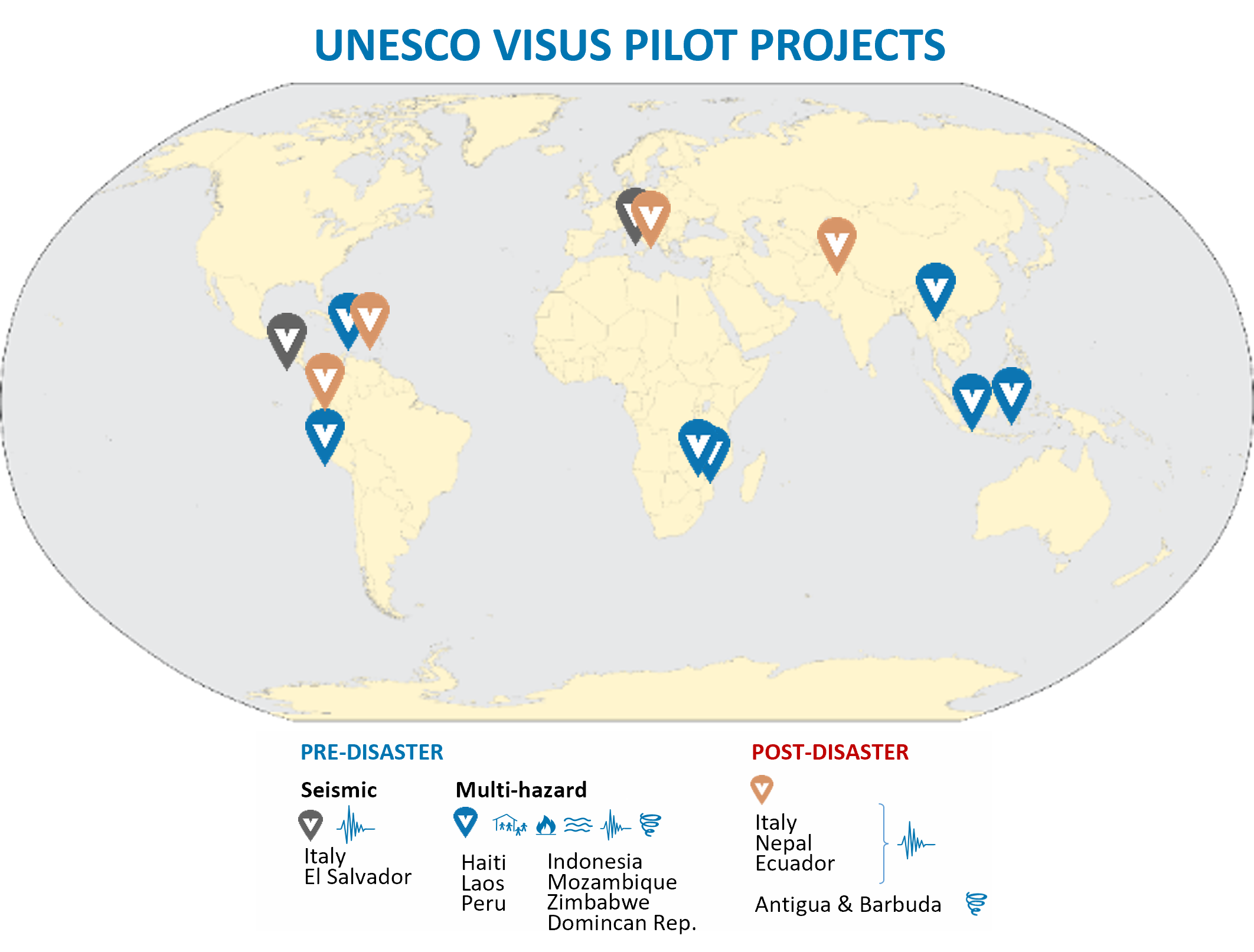
How does VISUS work?
The implementation of VISUS for assessing the safety of learning facilities follows the following phases:
1. establishment and organization for the project management
2. adaptation
3. training
4. execution of school surveys
5. elaboration of data and creation of reports
-. use of the outcomes.

In the establishment phase, preliminary meetings are developed to explain how VISUS works and which are the competencies required for its implementation. This phase leads to the establishment of a Local Committee for the VISUS implementation, with the appointment of a VISUS Focal Point that will lease with the VISUS Steering Committee.
The adaptation phase aims to calibrate the method to the realities of the geographical areas where the assessment will be performed, in terms of typologies of buildings, with the potential inclusion of existent knowledge and studies available for the Country concerning the building structural behaviour; hazard profile, with the identification of the hazard maps to use for the definition of the reference events for the safety evaluations; and definition of the reference costs of construction and refurbishment.
The training purposes are to build local capacities for the self management of school surveys as well as to strengthen local capacities for self-developing the project. The training phase foresees meetings with decision-makers to explain how to use the VISUS outcomes; the training of trainers, that will become experts of VISUS; and the training of the VISUS surveyors, which are usually students of local universities or local technicians.
The survey phase is carried out by the trained VISUS surveyors, who collect the information for each school using the i-VISUS application (in the SPRINT engine ) for doing the surveys, acquiring both information and photos.
The collected information is then the input of the elaboration phase, that calculated the outcomes and prepare the individual and collective reports. This phase is performed by UNESCO-SPRINT experts using automated software.
The outcomes (summary indicators and reports) are available for being used by decision-makers to define the strategies for upgrading school safety, according to criteria and rules that will be established by decision-makers also considering the outcomes.
The VISUS outcomes are a set of indicators for supporting decision-makers in the definition of safety upgrading strategies. They are presented in a collective report with the outcomes for the entire analysed geographical area, and individual reports illustrating the situation of each of the inspected school.
Which is the first step towards the implementation of VISUS?
When administrators of a province/region/country express their interest in implementing VISUS, the following process should be applied. A local representative has to contact either UNESCO or the SPRINT-Lab at the University of Udine (Italy). A first meeting will be organized in order to quickly illustrate the methodology and to explore the different mechanism for its implementation. For the success of the implementation, the involvement of concerned stakeholders (e.g. Ministry of Education, Ministry of Public Works, National Disaster Management Agency, etc.), and local academic partners (such as universities and technical institutes) is fundamental. A local Focal Point with scientific background needs to be identified and appointed.
In close collaboration with UNESCO and SPRINT-Lab, the Focal Point will collect the necessary information for the adaptation phase, organize the different capacity-building activities (training for decision-makers; training for trainees -academicians and training of VISUS surveyors -inspectors from related ministries or national institutions, and/or last year programme students of civil engineering or architecture of local universities), facilitate the planning and development of the survey phase, and, secure the quality of the collected data.
UNESCO documents referring to VISUS
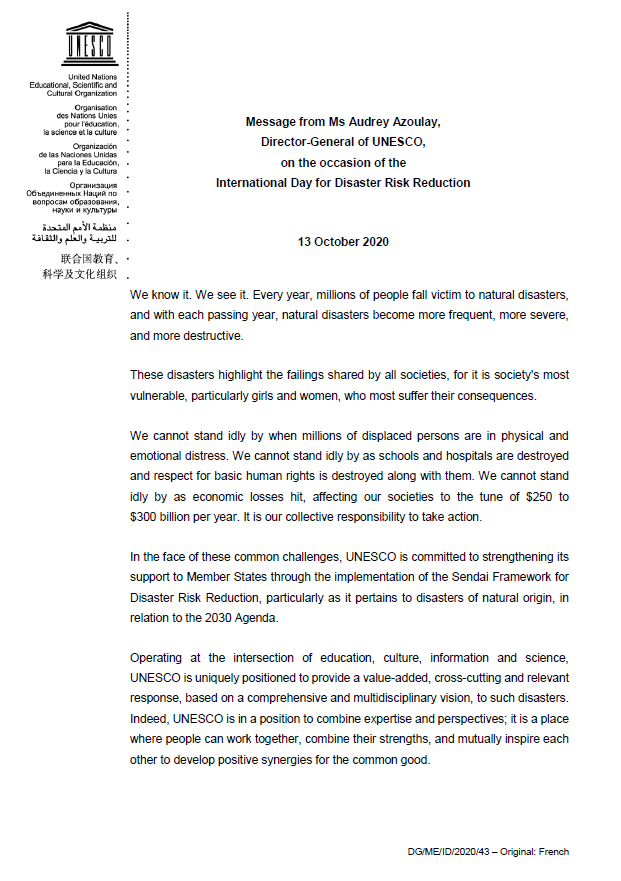
Message from Ms Audrey Azoulay, Director-General of UNESCO, on the occasion of the International Day for Disaster Risk Reduction, 13 October 2020
UNESCO - 2020
UNESCO Guidelines for Assessing Learning Facilities in the Context of Disaster Risk Reduction and Climate Change Adaptation
Volume 1 - Introduction to learning facilities assessment and to the VISUS methodology
UNESCO, University of Udine - 2019
UNESCO Guidelines for Assessing Learning Facilities in the Context of Disaster Risk Reduction and Climate Change Adaptation
Volume 2 - VISUS Methodology
UNESCO, University of Udine - 2019
UNESCO Guidelines for Assessing Learning Facilities in the Context of Disaster Risk Reduction and Climate Change Adaptation
Volume 3 - VISUS Implementation
UNESCO, University of Udine - 2019
Click here for an overview of VISUS events and news.
Click here for the UNESCO Guidelines on the VISUS methodology.Which is the first step towards the implementation of VISUS?

